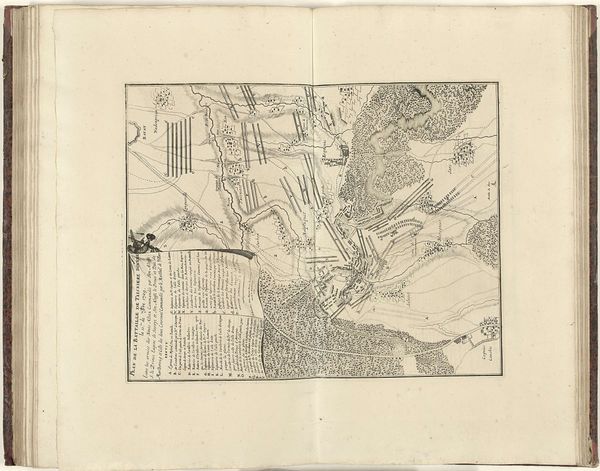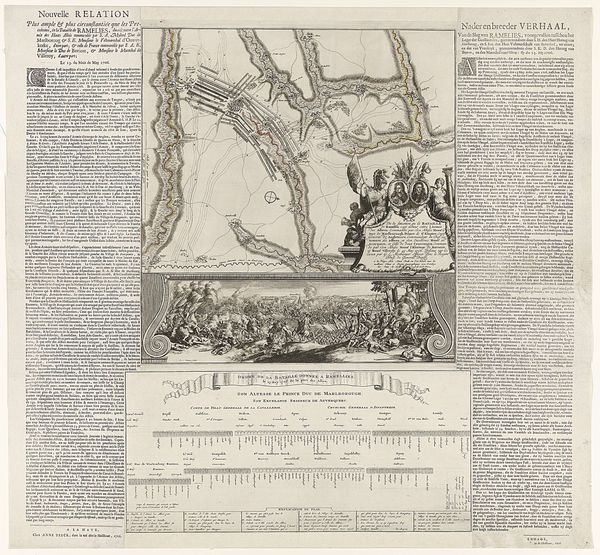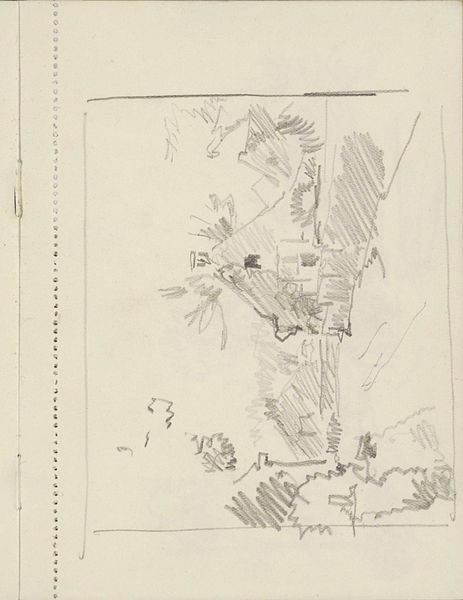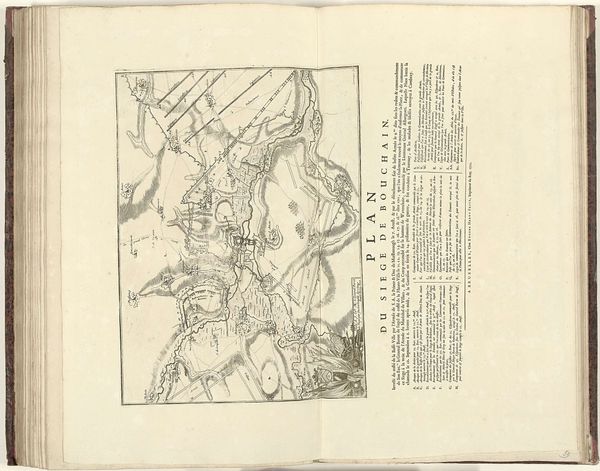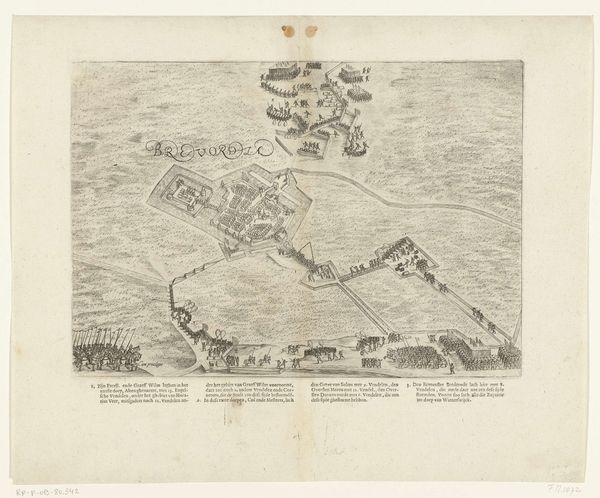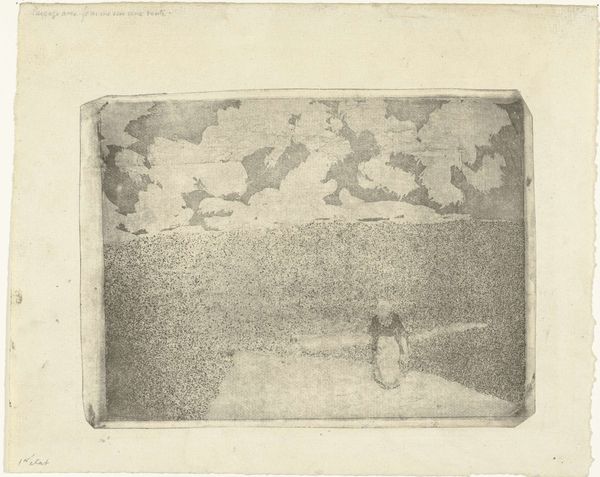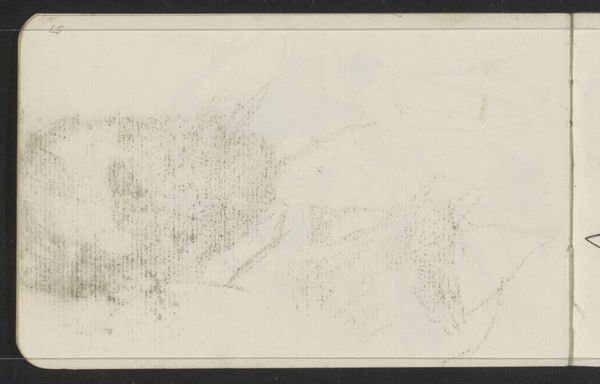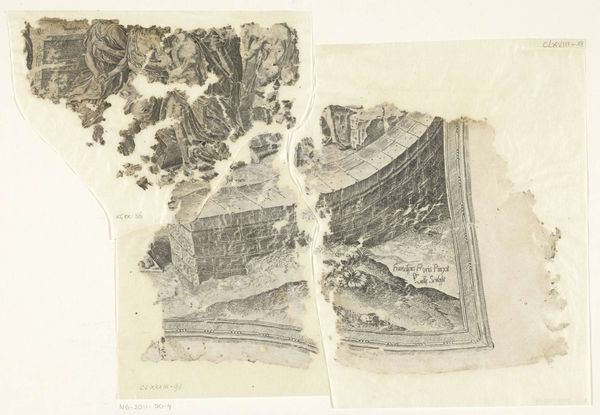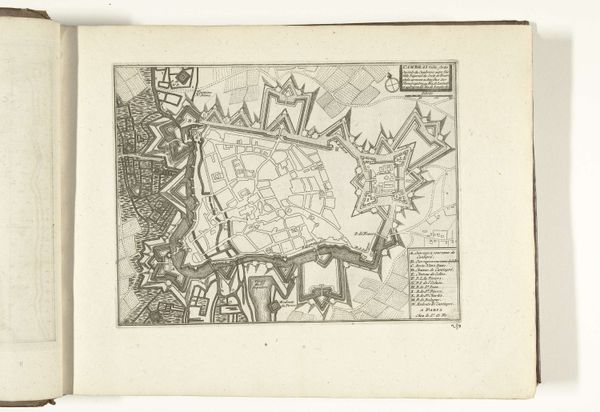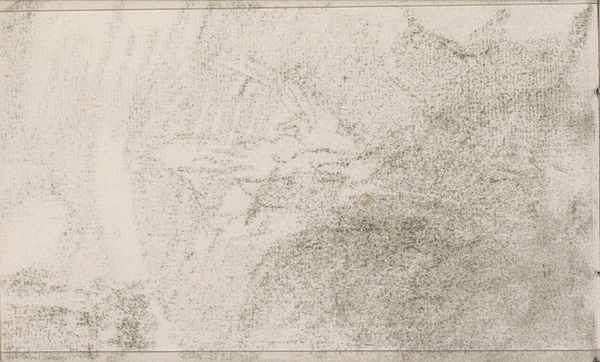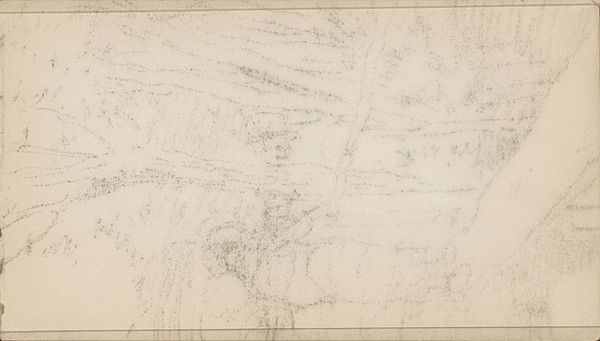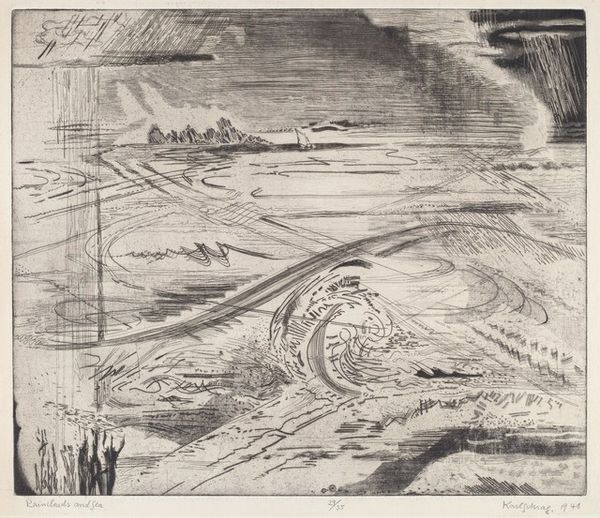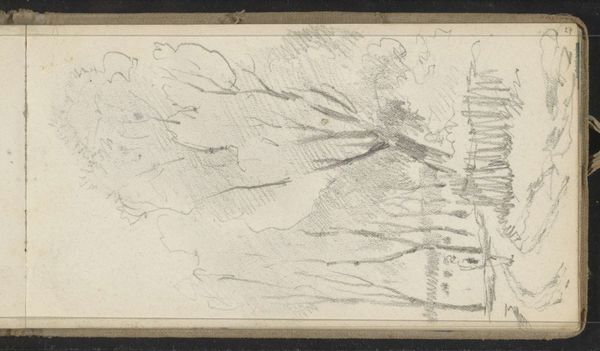
print, engraving
#
baroque
# print
#
history-painting
#
engraving
Dimensions: height 678 mm, width 810 mm
Copyright: Rijks Museum: Open Domain
Curator: This engaging print is entitled "Kaart van de Slag bij Höchstädt, 1704", which translates to "Map of the Battle of Höchstädt, 1704." Jan van Call created this piece in the year indicated, showcasing the famous battle. What's your initial impression? Editor: Well, beyond the density of information packed into every square inch, I'm immediately struck by how detached it feels from the visceral realities of war. It's almost… clinical. A carefully rendered game board instead of a field of conflict. Curator: Exactly! That clinical precision is key to understanding its function. These weren't meant to evoke emotion. It’s a strategic tool disseminated for those who have something to gain from war. Its detailed plan and scale are tools for elites rather than emotive history-telling. Editor: You're right. There’s an element of control embedded within this kind of representation. The artist attempts to contain a chaotic, violent event within neat lines and codified symbols. But the people—the combatants and the civilians affected—are reduced to mere data points. I see that power is very distant from those who have no means. Curator: And what about the choice of engraving? The decision to use printmaking underscores the strategic intent, wouldn't you say? It allows for mass production and dissemination. These weren't unique art objects hanging in private collections; their value resided in their capacity to inform military and political decision-making. The public consumption of such materials created an interest in a burgeoning understanding of nationalism and nation states. Editor: Precisely! Consider the text flanking the map itself, crammed with tiny lettering. It is an exercise in reinforcing whose narrative is the official one, shaping public understanding and memory of the battle. Even if only a small portion of the audience could even read such detail, its symbolic impact still carried weight. How is one to argue with an illustrated narrative that is supported by so much dense text, let alone navigate one's way around war? Curator: Well, by situating such works within that history, we remind viewers that depictions of war, regardless of medium, are never neutral. Editor: Agreed. This engraving serves as a powerful reminder that "history" is a construct, meticulously crafted and strategically disseminated. The control over images is a power to note here.
Comments
No comments
Be the first to comment and join the conversation on the ultimate creative platform.
